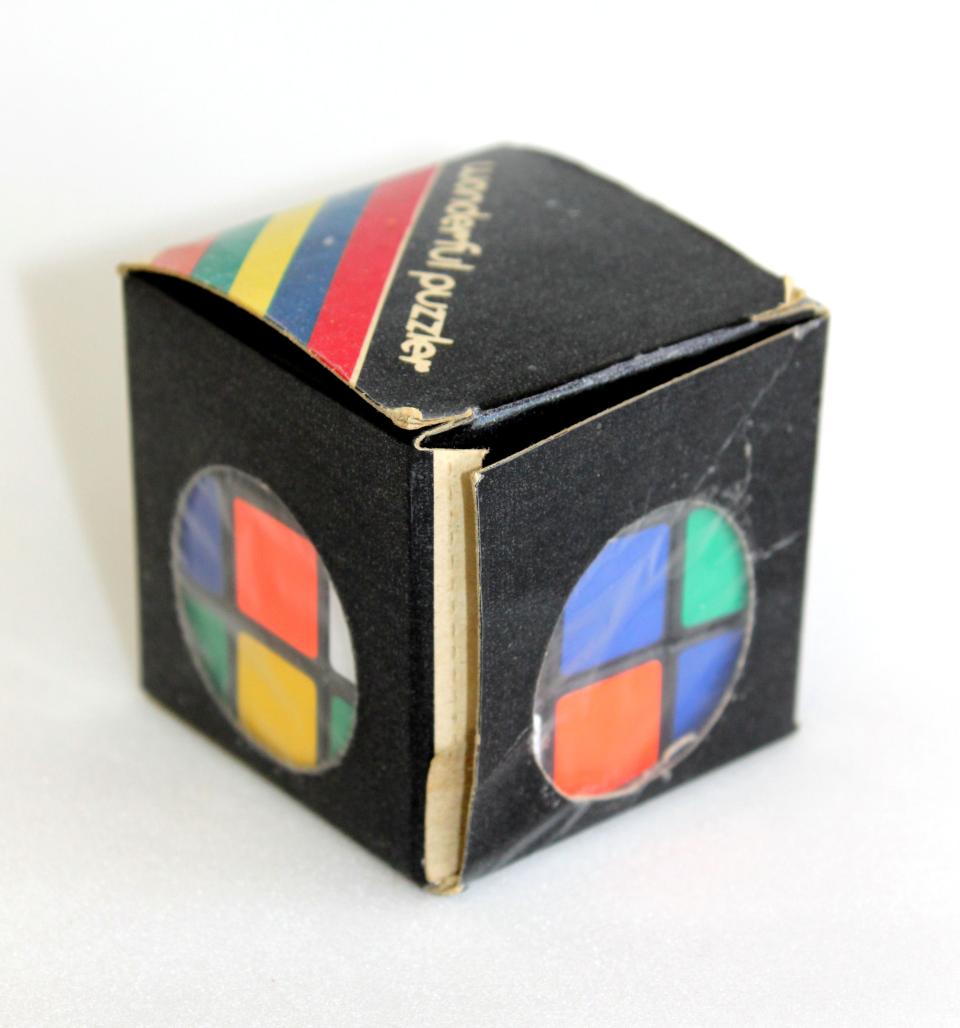In the mid-1970s, Ernő Rubik built a cube as a teaching tool to help his students understand 3D objects. He needed to solve the structural problem of moving the parts independently without the entire mechanism falling apart. He did not realise that he had created a puzzle until the first time he scrambled his new Cube and then tried to restore it. He took a month to unscramble it!
The cube was released internationally in 1980 and became one of the most recognized icons in popular culture. It won the 1980 German Game of the Year special award for Best Puzzle and still is the world's bestselling puzzle game. The Rubik's Cube was inducted into the US National Toy Hall of Fame in 2014.
Since 1988, the arrangement of colours has been standardised with white opposite yellow, blue opposite green, and orange opposite red, and the red, white, and blue arranged clockwise in that order.
The Rubik's Cube reached its height of mainstream popularity in the 1980s, but it is still widely known and used. Speedcubers compete for the fastest times in various categories. Many copycat cubes were produced like this one.

Add new information